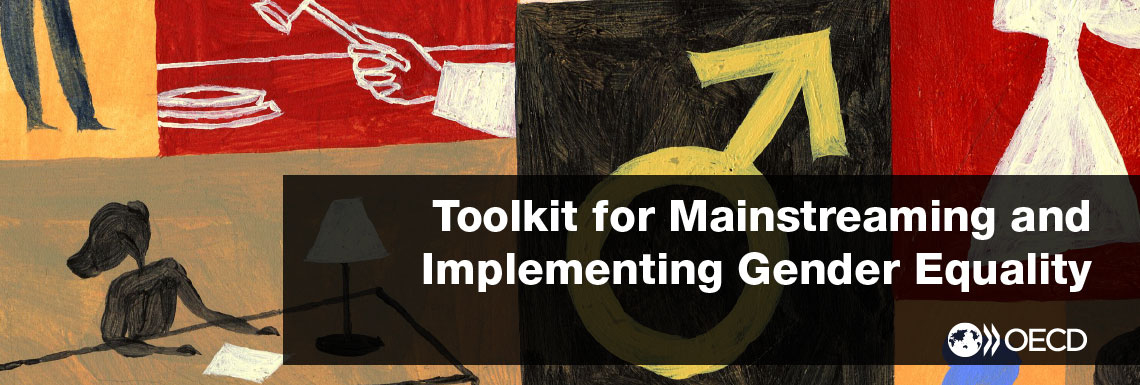Accountability for addressing the occupational segregation and closing the gender wage gap
SELF-ASSESSMENT QUESTION
- Are there clearly defined roles and responsibilities across the public sector for monitoring and overseeing regulations, initiatives and programmes addressing gender wage gaps and occupational segregation?
- Have effective channels of recourse (e.g., independent complaint and legal recourse mechanisms for non-compliance) for challenging the occupational segregation and the gender wage gap in public employment been established?
WHY IS IT IMPORTANT?
Clear accountability mechanisms are critical for addressing occupational segregation and gender wage gap in public institutions. These include responsibility for establishing recourse mechanisms, such as independent complaint and legal recourse, establishing verification mechanisms and performing regular and objective desk audits.
Outcomes-based reporting not only allows progress to be assessed but also provides an opportunity for a critical review of methods and approaches. Annual reports by government to parliament on its progress in addressing occupational segregation and closing the gender pay gap can be an important means for improving gender equality in the public sector. Systematically monitoring gender balance in leadership and management positions and undertaking potential corrective measures to that effect can help close the gender pay gap and align results with the public sector’s overall gender equality objectives and priorities.
ACTIONS TO CONSIDER
- Defining clear lines of accountability, roles and responsibilities for policy development and for implementing, monitoring and overseeing initiatives and programmes addressing gender wage gaps and occupational segregation;
- Establishing appropriate mechanisms of oversight and reporting on occupational segregation and gender pay gaps progress;
- Ensuring availability of effective channels of recourse in challenging the wage gap;
- Providing tools, information and advice for developing and implementing monitoring and reporting measures;
- Using reliable statistical data for monitoring and overseeing gender pay equity initiatives and programmes;
- Including occupational segregation and gender pay gap in gender audits across government departments.
PITFALLS TO AVOID
- Limited involvement of unions and other employees’ representation associations in the development of policies, regulations and initiatives to address occupational segregation and close gender pay gap;
- Underestimating the importance of clear communication and transparency to engage managers and employees in positive action;
- Underestimating potential opportunities in public sector reform initiatives to reduce gender gaps (including gender wage gaps and occupational segregation) in the public sector.
COUNTRY EXAMPLES
United Kingdom
Scotland: Guidance for reporting on gender and employment, equal pay, and occupational segregation
In August 2016, Close the Gap, a partnership initiative, funded by the Government of Scotland and also involving Scottish Enterprise, Highlands and Islands Enterprise, Skills Development Scotland, Equality and Human Rights Commission, and Scottish Trades Union Congress, released a guidance document, Public sector equality duty: Guidance for reporting on gender and employment.
This guidance provides information to help Scottish public authorities meet the public sector equality duty as it relates to gender and employment.
It focuses in particular on:
- Gathering, using and publishing employment data;
- Gender mainstreaming;
- Developing equality outcomes;
- Calculating and using gender pay gap information; and
- Publishing an equal pay statement on gender, including occupational segregation information.
The tool also provides a number of good practice examples to explain the process of data gathering, analysis and use, and to increase understanding of how you can use the duty to deliver improved employment practice and service provision.

